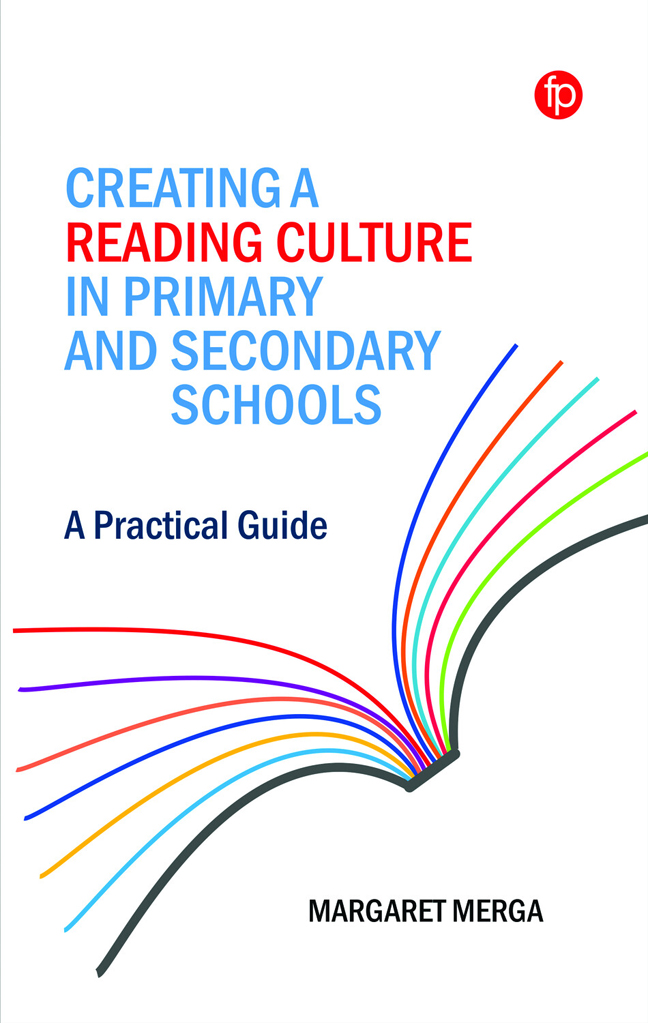Book contents
- Frontmatter
- Contents
- Figures and Tables
- About the Author
- Acknowledgements
- Abbreviations
- Introduction
- 1 Why a Whole School Reading Culture?
- 2 Research-Supported Practices to Choose From
- 3 Stakeholder Engagement and Resourcing
- 4 Implementation Planning and Change Management
- 5 Evaluation
- 6 Reporting
- Conclusions
- References
- Index
- Frontmatter
- Contents
- Figures and Tables
- About the Author
- Acknowledgements
- Abbreviations
- Introduction
- 1 Why a Whole School Reading Culture?
- 2 Research-Supported Practices to Choose From
- 3 Stakeholder Engagement and Resourcing
- 4 Implementation Planning and Change Management
- 5 Evaluation
- 6 Reporting
- Conclusions
- References
- Index
Summary
I hope that by the time you reach this stage of the book, you arrive with strengthened confidence in your ability to roll out or rejuvenate a whole school reading culture in your context.
While I have presented a vast array of options and pathways with research support that you might pursue, please use this book as a tool to inform rather than dictate your choices. Please seek to establish a whole school reading culture that reflects the unique needs of your school, following the process that resonates with you and your team, and aligns with your current resourcing constraints.
Literacy proponents and policymakers often fall into the trap of proposing that a single solution can be the answer to all students’ literacy problems. As I have explored extensively elsewhere, this is almost always problematic given that learners have diverse strengths, needs and backgrounds (Merga, 2020a). While building students’ motivation and opportunities to read in a reading-supportive culture can make a big difference to students’ literacy attainment, specific targeted interventions that address students’ literacy gaps, as well as cover the required literacy curriculum, will be needed too.
While not the only essential literacy initiative for schools, increasing reading engagement by fostering a whole school reading culture using research-supported strategies can transform students’ literacy learning, as well as their attitudes towards reading and related literacy-supportive activities. It will probably not independently solve all issues concerned with literacy that your students face, and ‘integration of direct skills instruction and motivation interventions might produce synergistic effects and optimize gains in reading performance over time’ (Toste et al., 2020, p. 446). To this end, you go a long way towards enhancing student literacy when you pay close attention to making gains in motivation and opportunities to read, while also offering a range of additional targeted literacy interventions as explored in my previous book (Merga, 2023b) and through the work of many other researchers. Many of the strategies that underpin a whole school reading culture yield significant gains for SLLs in particular (e.g. reading aloud to SLLs as explored by Westbrook et al., 2019), so a whole school reading culture can play a key role in closing the gap for these students as part of a multifaceted strategy.
- Type
- Chapter
- Information
- Creating a Reading Culture in Primary and Secondary SchoolsA Practical Guide, pp. 179 - 182Publisher: FacetPrint publication year: 2023

